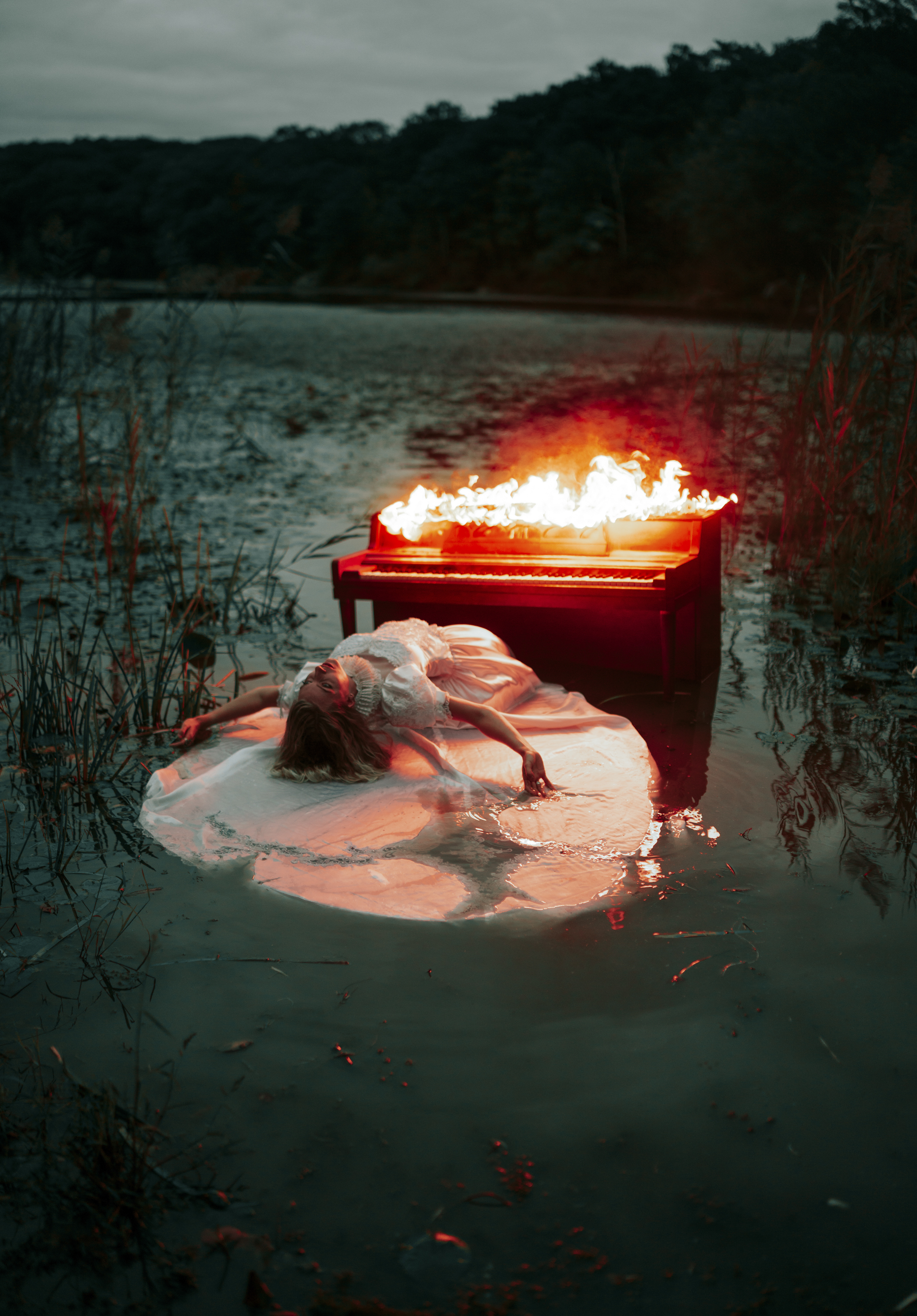Last Updated on 11/11/2021 by Chris Gampat
We’re streaming daily on Apple Podcasts, Google Podcasts, Stitcher, Pocket Casts, and Spotify!
“I grew up in the 90s being exposed to Japanese anime thanks to Toonami, and this sparked my first creative interest; illustrations,” says photographer Steven Gindler to us in an interview. “My family is full of strict conservative immigrants who are all computer programmers, and I was set to follow suit. All left-brained people, with myself as the black sheep.” Steven’s tale is one that many of us find ourselves in. And though he’s the black sheep, his creativity has flourished. His ideas and the orchestration are ones that we rarely see. Yet, we’re drawn to them and his incredibly deep story.
Photographer Steven Gindler Uses This Camera Gear
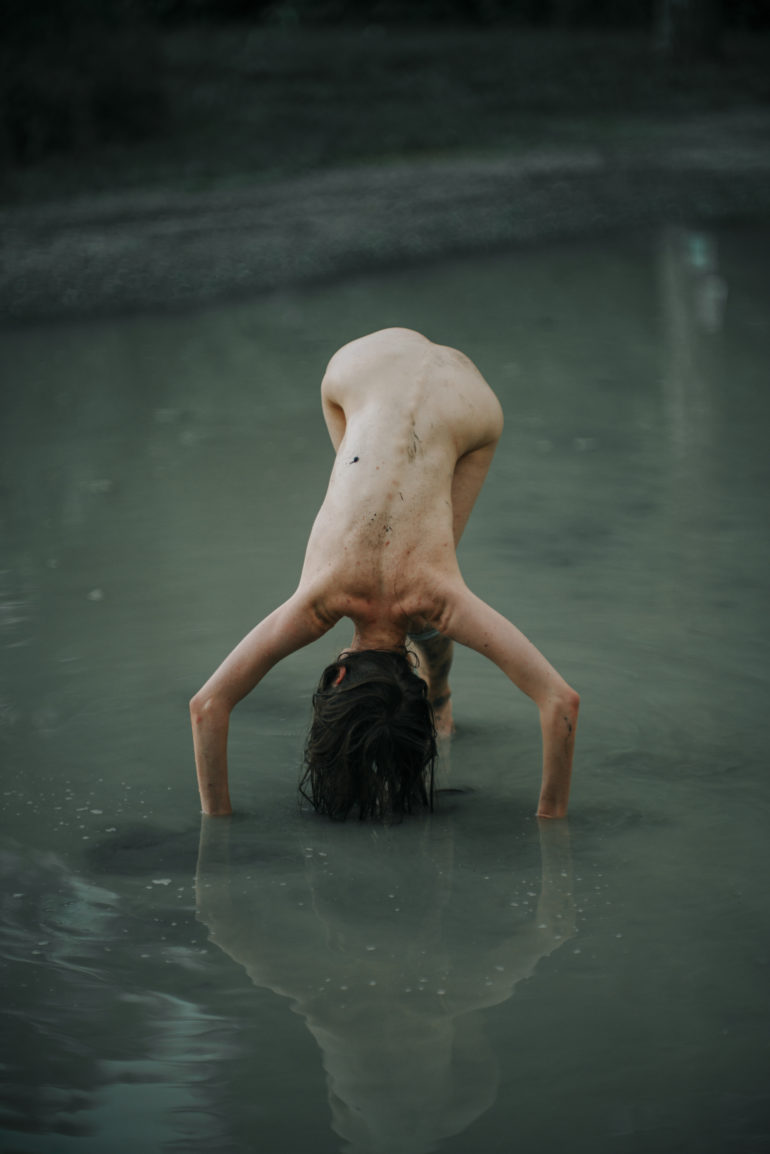
Steven says:
Sony A7r II and a Mitakon 85mm f/1.2 on my camera 90% of the time. The other 10% is a Sigma 35mm f/1.2 and an array of garage sale vintage lenses that I adapt to my Sony, part of the reason I switched from Canon to Sony is the short flange distance that allows you to adapt most vintage glass onto the camera.
Talk to us about how you got into photography.
I got into photography 5 years ago. I was filming music videos and short films with my friends, mostly local band kids like myself. I originally purchased a DSLR because they were the cheapest cameras that could produce a “professional” look for video at the time. One day, a band member asked me to take some portraits of him, and I was like, “Oh, that’s right, this camera takes still photos too.” The camera was a Canon t2i. From there, I fell in love with the stories that I could tell with still photography and abandoned my film photography career. I am slowly starting to revisit it from time to time, though.
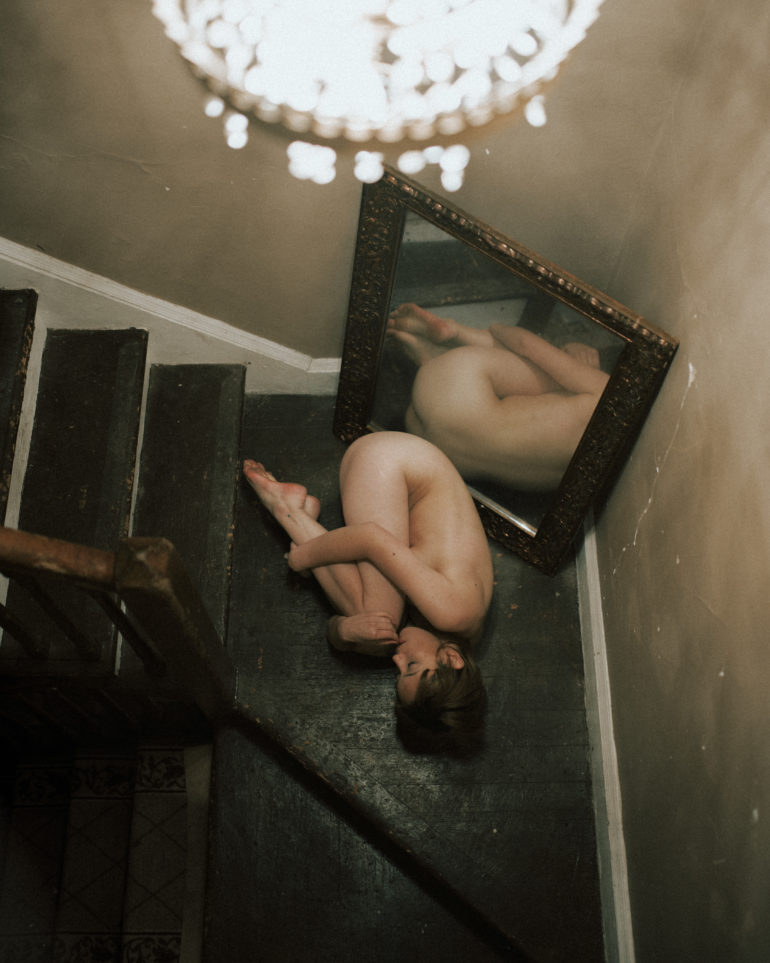
What made you get into surrealist portraiture?
Growing up in a very poor part of Russia, then transitioning to life in Brooklyn before ultimately ending up in New Jersey, exposes to me a lot of different stories of people and their lifestyles. A lot of the media I grew up consuming definitely played a part as well. I was never interested in photography; I was more into music and gaming. A lot of the aesthetics of the RPGs I grew up playing as well as the angsty pop-punk and metal music, certainly played a role in my love for the strange and surreal. People often ask me what photographers I look up to or am interested in, and I can’t really answer that question. I never studied photography or photographers. I just kind of fell into it.
I was looking through lots of your Reddit posts, and it seems like you do most of it in-camera and with little to no Photoshop. Sometimes there’s Lightroom or your presets. We ADORE that! What makes you want to create this way?
I feel that a good photo needs to start in-camera. Seldom can you fix a poor composition or poor lighting in post-production, even if you are the most talented digital artist in the world. I attribute my attitude to this kind of photography from when my Sony camera broke and needed to be sent away for repairs for a month. A happy accident, looking back on it. I was stuck only with a 35mm film camera and the same itch to keep shooting. The first few rolls and how much it cost in terms of time and money taught me a lot about patience. I seldom rapid-fire my Photoshoots anymore, and stick to manual focus and waiting for the right light. So although I shoot mostly digital photography, I shoot it with a film-like style. I fiddle with photoshop only when I need to remove a little leaf or person in the background that Lightroom’s healing brush just can’t handle.

Your ideas seem like they come from a mix of fairy tales and video games. Where do you typically find inspiration? What’s been inspiring you during the pandemic?
I grew up in the 90s being exposed to Japanese anime thanks to Toonami, and this sparked my first creative interest; illustrations. My family is full of strict conservative immigrants who are all computer programmers, and I was set to follow suit—all left-brained people, with myself as the black sheep. Although there are a lot of algorithms (shutter speed, aperture, ISO etc.) that go into making a good photo, so maybe I still am more left-brained than I thought. During this pandemic, I’ve been inspired by many different shows that I’ve been binging. A recent favorite has been “The Queen’s Gambit”. A period piece set in the 1960s with stunning set design and cinematography.
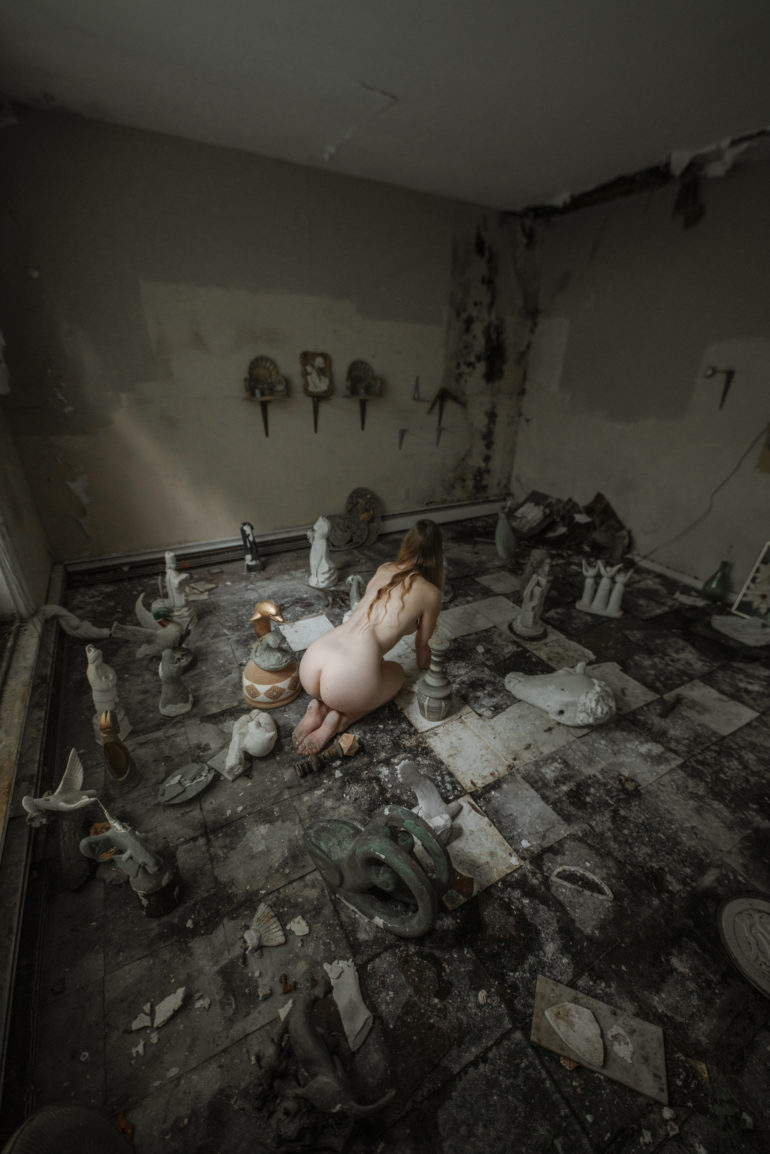
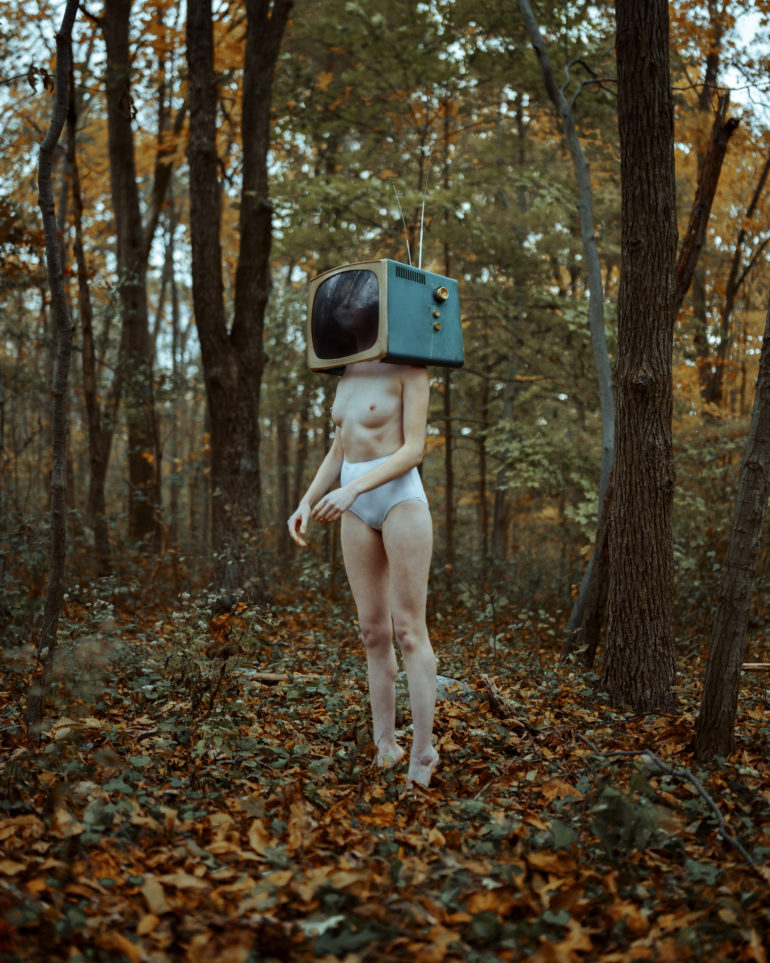
How have you been working with models during the pandemic? What extra safety precautions are you taking?
I like to make the joke that I am always more than 6 feet away because I’m shooting with an 85mm lens.
One of my favorite photos by you is the Burning Piano. How was this done? Did you actually set a piano on fire?
Yes! No photoshop trickery at all. Lighter fluid, gasoline, friends standing by, and a very brave model. There’s actually a whole behind the scenes video on my YouTube.
You seem to follow this formula of being very particular about your colors in the scene. Are there reasons? There’s a whole lot of blue in some scenes, are you using that to convey a specific feeling from inside?
My big thing is color contrast. Some people obsess over their “feeds” holding some kind of color contrast, but I like to think in a more old-school kind of way. One image is one image and the colors contained are just that. I also just can’t stay away from moving that blue slider into the teal territory in the hue section of Lightroom, it’s an addiction.
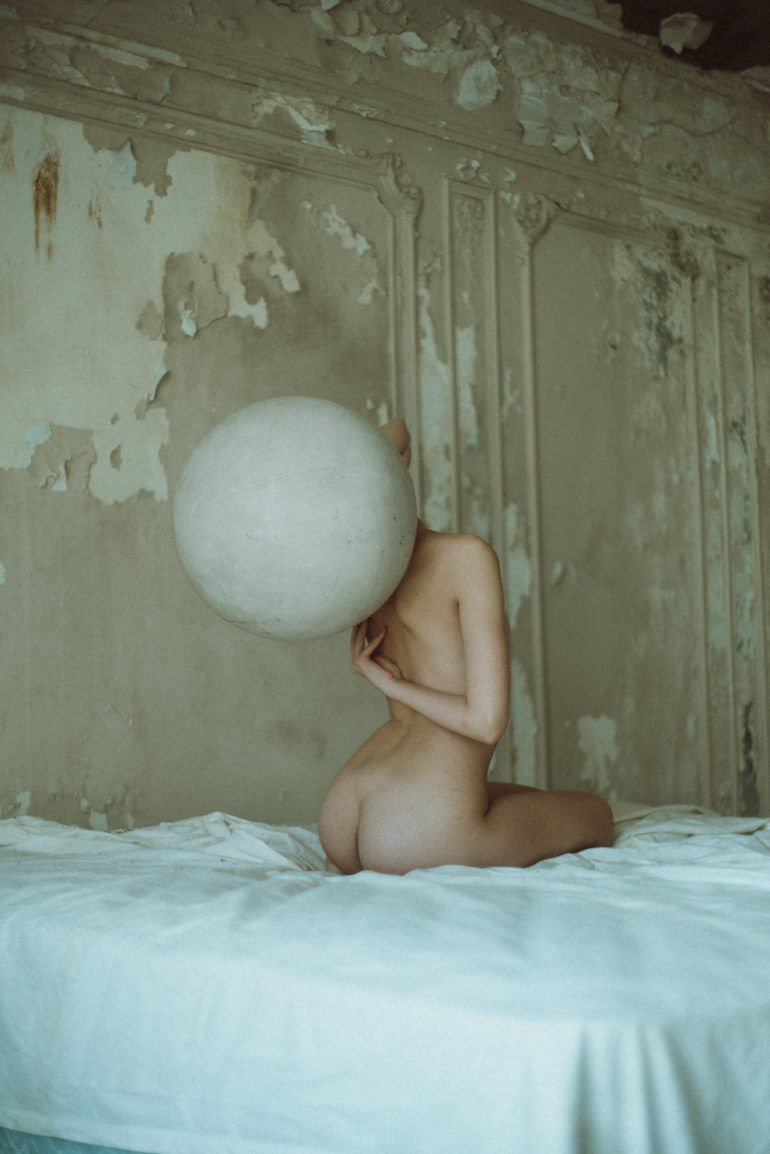
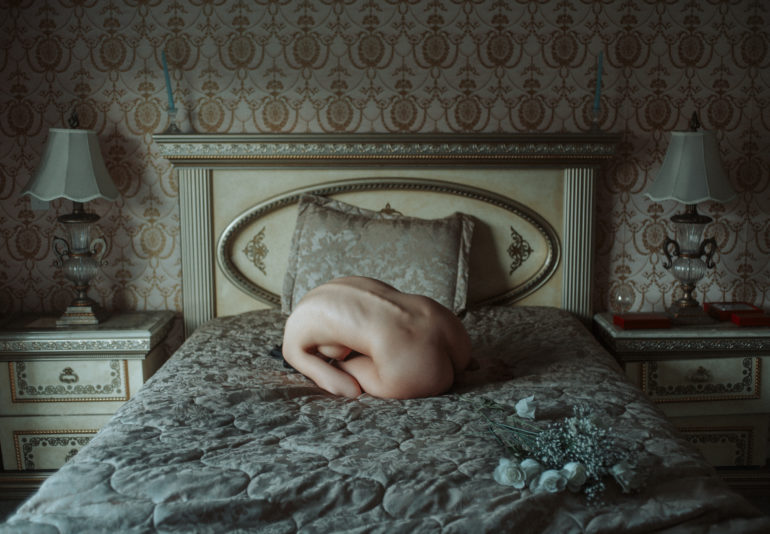
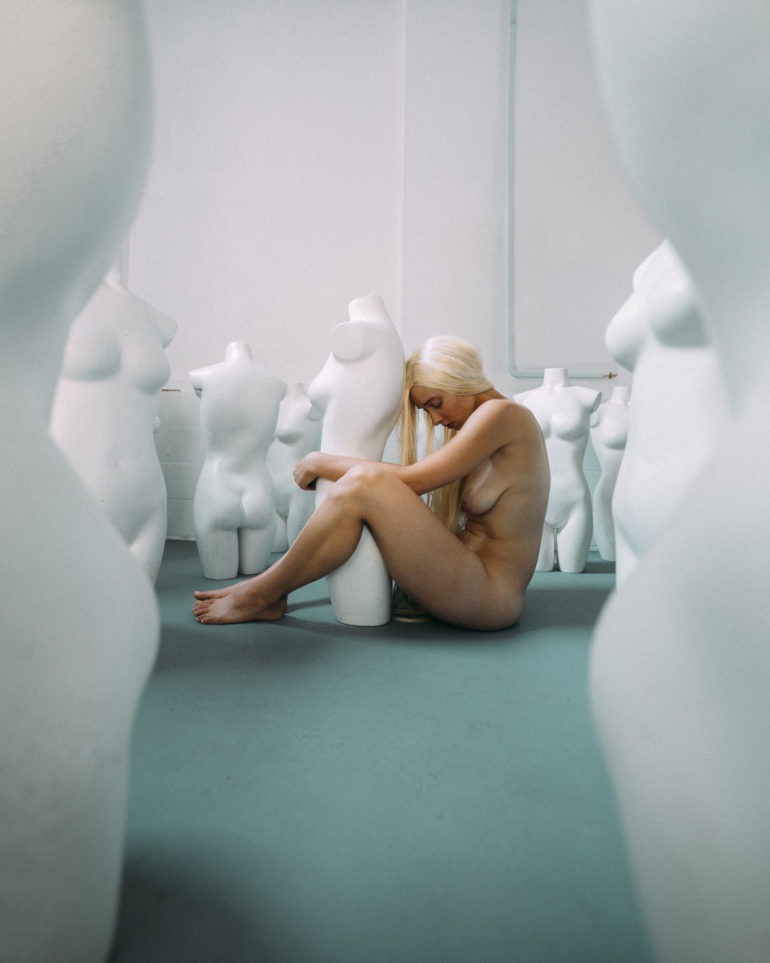
What are your storyboards like? Are they sketches on paper or something like that?
I’ve never planned much of a storyboard. I prefer to just show up with some props and get inspired from there. I’ve found that planning too much can only let you down and you might be so narrowly focused on what you planned that you’ll miss other opportunities for great photos.
What determines how you specifically choose your models? What sort of folks are you looking for to tell the narratives you’re working on?
I’m more interested in just shooting with local friends rather than agency models. I’m much more interested in uniqueness over traditional beauty. I also have a thing for freckles and people who look like pixies. Storybook characters, I guess.
You seem to work in a ton of different locations. Do you urbex often or something?
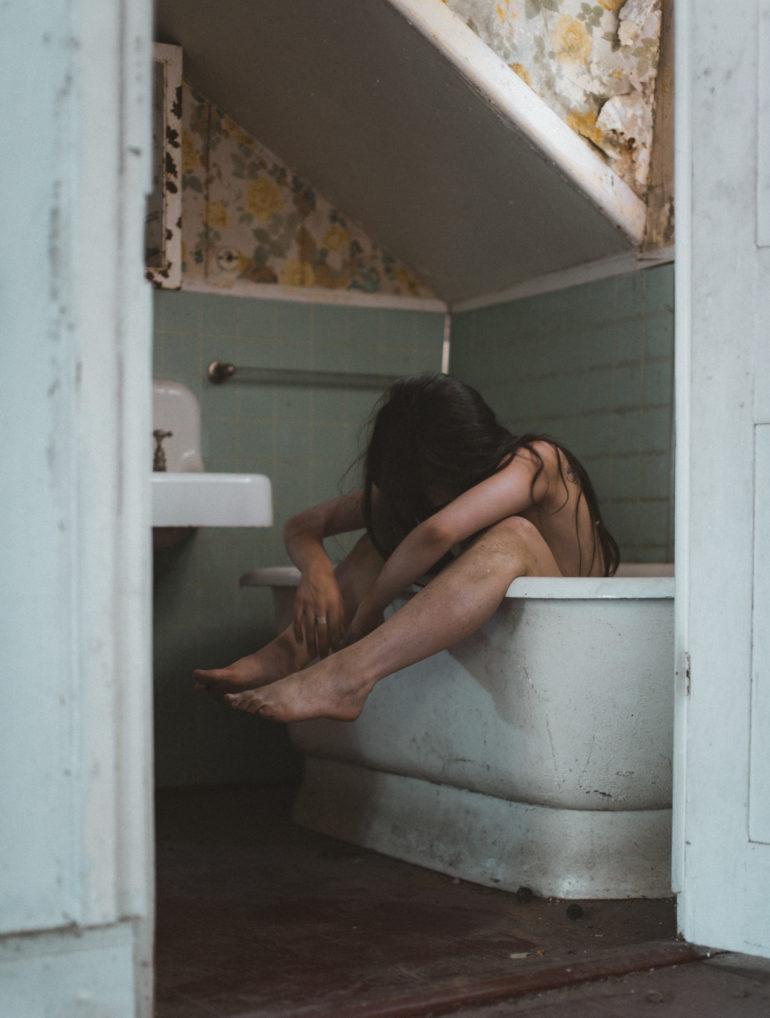
I used to, but in the past two years, I’ve actually suffered from Chronic agoraphobia so every photo you see from me is from my backyard, house, or my local lake.
You’ve worked with snakes before too. What’s that like?
Not as scary as it seems! Some of my old filmmaking friends started breeding snakes
In the past year, what shoot of yours has stood out to you the most?
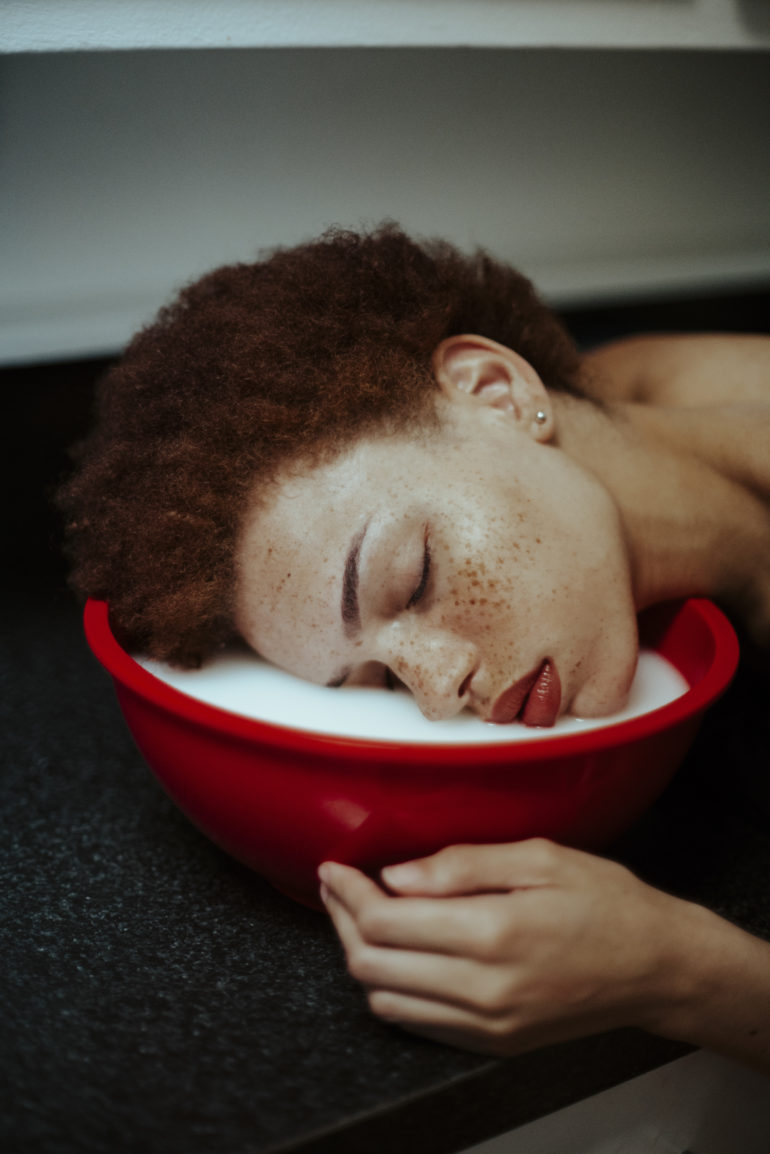
Probably my recent shoot involving burning a piano in my lake. It was the first shoot where I had a “crew” (a few of my friends from high school) and it involved. A much more immense level of planning to make all the parts fit together. I think it ended up being some of my best work, and I’m proud of how it all came together.
Where do you see yourself in a year as a photographer and how do you plan on getting there?
Hopefully, shooting more often and getting out of my house more. Covid plus agoraphobia have made my career obviously very difficult, but I hope to overcome at least the agoraphobia in the near future.
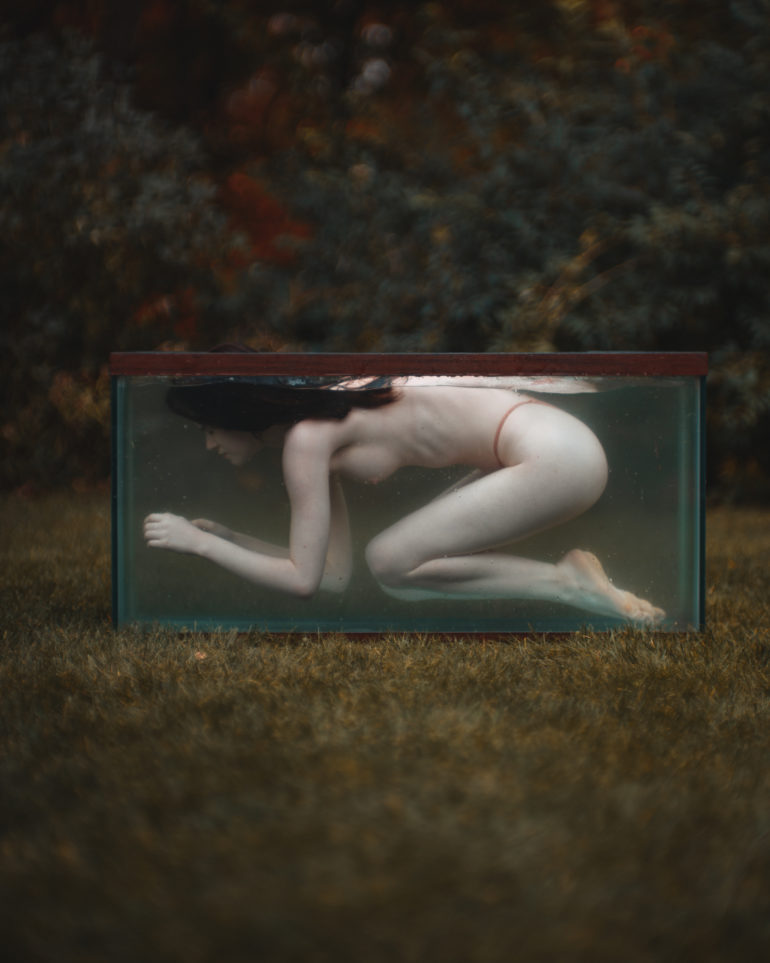
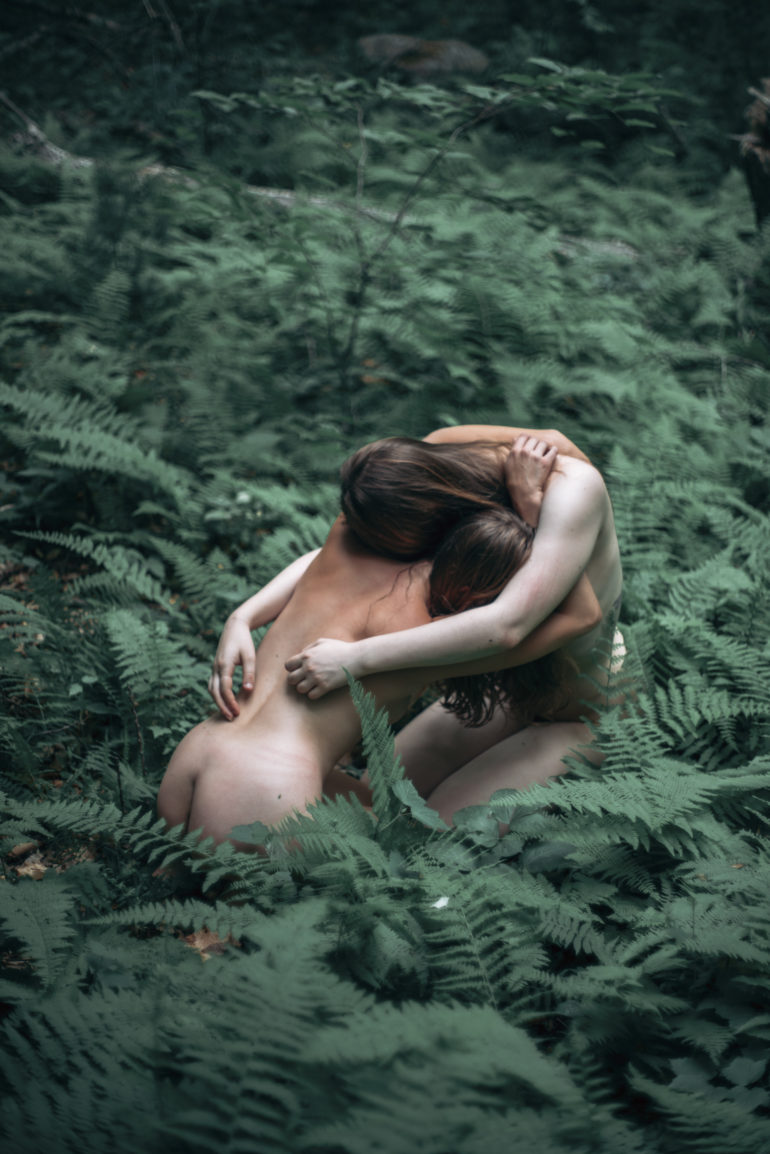
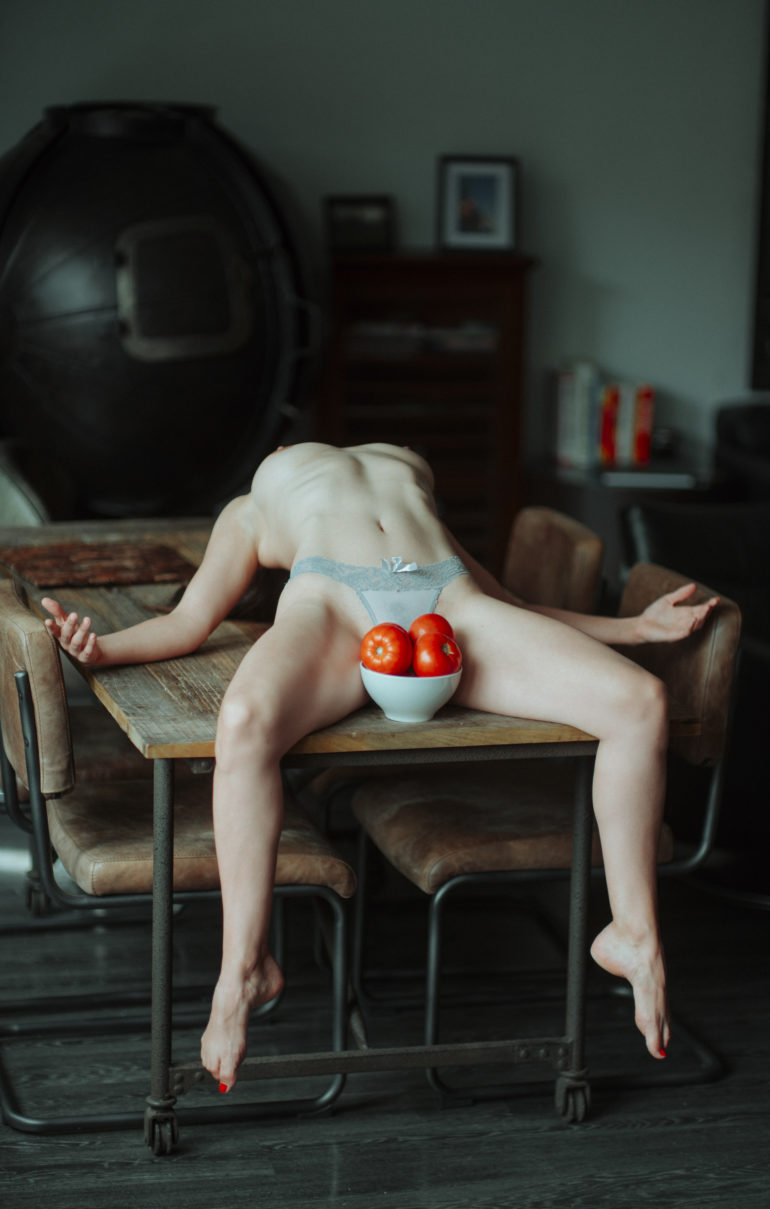
All images by Steven Gindler. Used with permission. Check out more from him on his website, Twitter, and Instagram. Got a series that doesn’t use Photoshop? Here’s how you can get it in front of us to feature.


